Looking for skis that are easy to use, lightweight, and perfect for all kinds of terrain? Snowfeet’s short skis might be the game-changer you need. Unlike traditional long skis from brands like Rossignol or K2, these compact skis (ranging from 65 cm to 120 cm) are designed for quick turns, tight spaces, and mixed snow conditions. They’re portable, beginner-friendly, and versatile enough to handle everything from groomed slopes to backcountry trails.
Here’s a quick breakdown of their lineup:
- 65 cm Skiblades ($450): Ultra-short for tight spots and quick turns. Best for groomed slopes.
- 99 cm Skiblades ($490): A balanced option for soft snow and fast maneuvers.
- 99 cm POWDER ($490): Built to float on deep snow while staying nimble.
- 120 cm Short Skis ($690): Longer for stability at higher speeds but still compact enough for easy handling.
- 100 cm WALKSKI ($490): Lightweight backcountry touring skis for adventurous terrain.
Why choose Snowfeet? They’re easy to carry (even in a backpack), work with regular winter boots, and are beginner-friendly. While traditional long skis excel in deep powder and high-speed runs, Snowfeet shines in tight spaces, mixed snow, and portability.
Quick Comparison:
| Model | Length | Best For | Price | Portability | Terrain Coverage |
|---|---|---|---|---|---|
| 65 cm Skiblades | 65 cm | Tight turns, groomed runs | $450 | Excellent | Groomed slopes |
| 99 cm Skiblades | 99 cm | Soft snow, quick turns | $490 | Great | Mixed snow |
| 99 cm POWDER | 99 cm | Deep snow | $490 | Great | Powder-specific |
| 120 cm Short Skis | 120 cm | Stability, speed | $690 | Good | All-mountain |
| 100 cm WALKSKI | 100 cm | Backcountry terrain | $490 | Excellent | Backcountry, mixed snow |
Want skis that are easy to use and carry, without sacrificing performance? Snowfeet's short skis are a smart pick for skiers of all levels. :)
Snowboarder tries Snowfeet* | Which Snowfeet* Short Ski is the Best? | Snowblades 44, 65, 99 Review
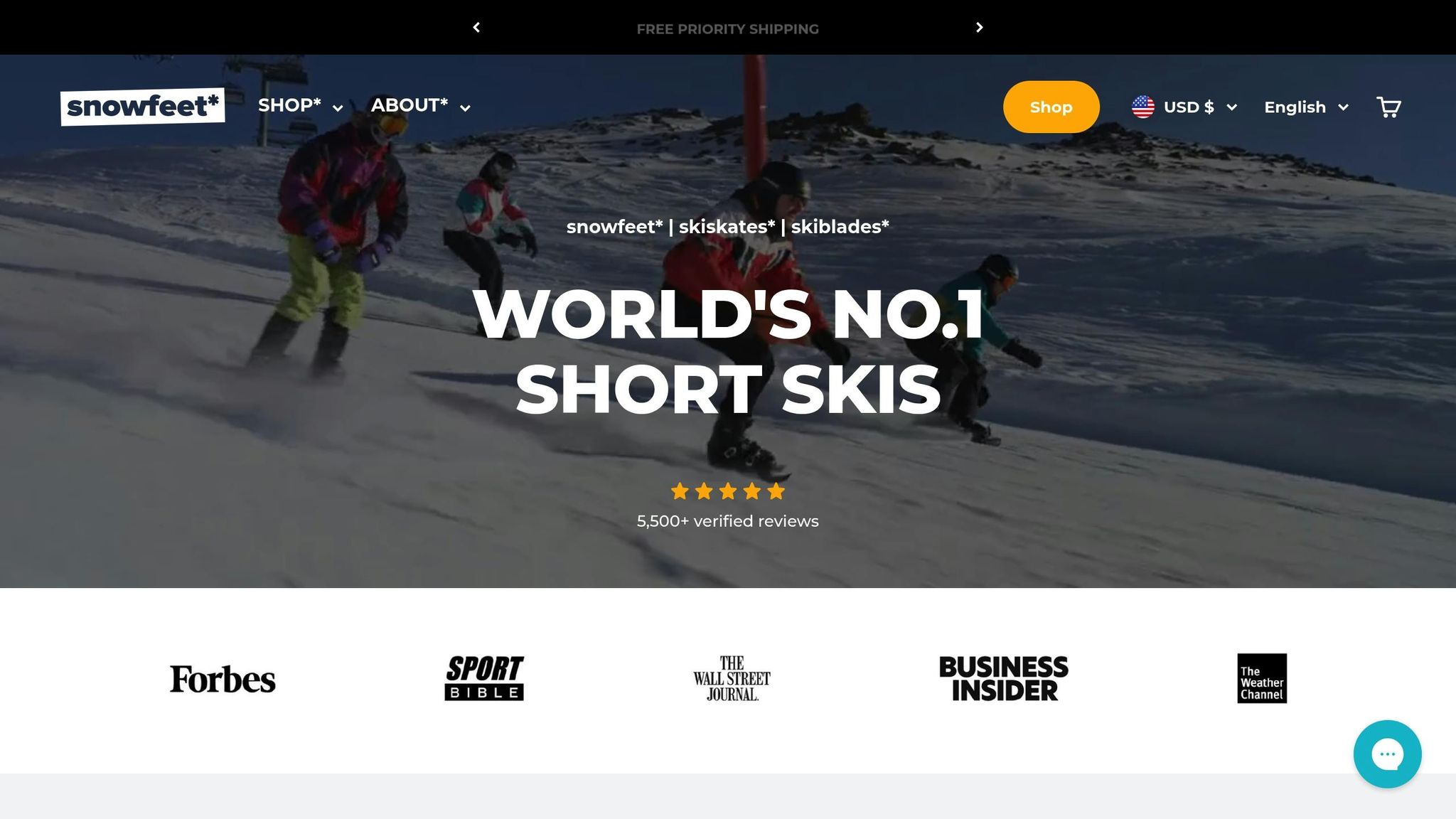
1. Snowfeet Skiblades 65 cm
The Snowfeet Skiblades 65 cm (about 26 inches) are the tiniest skis in the Snowfeet*'s all-mountain range, costing $450. These small skis bring a new feel unlike the long skis you may know. They work well on many kinds of ground and make skiing fresh and fun.
Move Easy in Tight Spots
The short 65 cm Skiblades are great for spots where big skis are too much. You can turn fast, ideal for moving through thick woods, taking on bumps, or going through tight paths. They are light, so your legs don't tire as quick, letting you ski more without getting worn out. They are quick but still keep you steady.
Strong and Steady
Even being small, the 65 cm Skiblades stay stable. They let you keep control on smooth paths and hard snow, even when things change fast. You can carve, handle bumps, or play in the snow park, and these skis keep you even and in command. For many skiers, these are the main places you will be.
Light and Easy to Carry
The best part? These skis are easy to take with you. No need to drag around big long skis. The 65 cm Skiblades are light and small enough to fit in a backpack. Whether you're off to a far hill, on a road trip without extra space, or flying with just a carry-on, these skis make it easy to move.
Best for Smooth Slopes
The 65 cm Skiblades work best on groomed slopes and packed snow. They might not be the first choice for very deep snow, but they are great for fun and exact moves on ready ground. As a reviewer said:
"The longer the ski, the stronger it is in powder snow, and the shorter the ski, the more it sinks into the snow and becomes unable to slide." - おかいモン
This remark makes a key point clear: skis are made for certain uses, and each type is good at one thing. The 65 cm Skiblades aim to give a fun, sharp feel where it matters most.
2. Snowfeet Skiblades 99 cm
If you need a ski that fits well in a small size but can work all over the hill, the Snowfeet Skiblades 99 cm (close to 39 inches) might be just right for you. At $490, these skis are in between the very short 65 cm type and the big, usual skis. They can take on lots of snow types but are still light and easy to use.
Good Lift on Soft Snow
The added length of the 99 cm Skiblades helps when you're in deep snow. They keep you up on top of new soft snow, unlike the 65 cm type which may sink. They aren't as good in soft snow as the long skis from big names like Rossignol or K2 (which are often 170-180 cm), but they bring a nice mix of how well they work and how easy they are to carry.
They spread your weight well over the snow with their wide body, making them good for smooth trails and wild paths. True, they may not be the best for very deep snow, but they make the trip fun and much less of a hassle.
Fast Turns in Small Spaces
In close trees, tight ways, or busy paths? No worries. The 99 cm Skiblades are great where long skis can be clunky and hard to move. Their short size lets you turn fast and sharp without needing the wide turns of big skis.
When you look at average all-mountain skis from names like Salomon or Atomic (usually 160-180 cm), these Skiblades let you change course in the blink of an eye. You'll move through spots that might slow down even skilled skiers with big skis.
Steady at High Speeds
One big plus of the 99 cm size is how stable they are compared to the 65 cm model. While they can't feel as firm as long race skis at top speeds, they give enough edge hold and steadiness for most skiers going down open runs.
These skis stay calm and in control even when going fast. They help you feel sure to push harder without feeling like you're losing grip.
Easy to Carry, Easy to Move
At 99 cm, these skis can still fit in most big travel bags, making them easy to move. Unlike big skis, which can be wide and heavy, these won't make you pay more at the airport or make it hard to carry them.
While a bit heavier than the 65 cm kind, they are still lighter than usual all-mountain skis. This makes them perfect for trips into the wild, ski trips, or keeping away from big baggage fees.
Good for Any Snow
The 99 cm Skiblades are made to handle whatever the hill gives you. From smooth early runs to wet afternoons, icy tracks, or an unexpected heap of snow, these skis shift easily.
Most old ski sets need you to have more than one pair for different snow types, but the 99 cm model makes it easy. They work well in deep snow, move fast in small spaces, and are steady on wide hills. If you need just one pair of skis for all sorts of snow, these could be the best pick for you.
Snowfeet POWDER 99 cm
The Snowfeet POWDER 99 cm (prices start at $490) is built for days with a lot of deep snow. Made just for soft, fluffy snow, these short skis find a good mix of float and hold - you won't need the long skis you might be used to. Like other models from Snowfeet, the POWDER type lets you move well and perform well, even on tough terrain.
Easy Float in Powder
The POWDER 99 cm keeps you up on new snow. Its build spreads your weight so you slide on top of deep snow without falling in. Not like the usual long and heavy skis, this small option floats well but stays light and easy to move.
Simple to Move
With its short size, the POWDER 99 cm makes going through tight spots and making quick turns easy. Whether you are moving between trees or down thin paths, it's easy to handle. This helps you go to spots on the mountain you might skip with longer skis.
Safe at High Speed
Even with its small build, this ski stays firm as you get faster. It holds well and lets you steer as you slice through open snow areas. This blend of steady and sharp control lets you ski fast with trust, no matter the speed.
Easy to Take Along
Taking the POWDER 99 cm with you is easy. Its small size fits into most ski bags, so it's easy to carry whether you are going to a ski spot or into the wild snow.
Good in Many Snow Types
While it's best in new snow, the POWDER 99 cm isn't just for one kind of snow. Made to work in various snow types, it keeps doing well whether the snow is soft, hard, or in between.
sbb-itb-17ade95
4. Snowfeet Short Skis 120 cm
The Snowfeet Short Skis 120 cm ($690) are the top long skis in the Snowfeet group, made to mix the hold of big skis with the quick feel of a small build. They are great for those who like to go far and wide but don't want the heft of big brand skis like Rossignol, Salomon, or K2. These skis bring the quick ways of shorter ones and up the game for bigger hills.
Stable When Fast
At 120 cm, these skis hit the mark for sharp turns and steadiness, making you sure to sweep smooth down big hills. Not like the big skis that range from 160–180 cm and can be hard to handle, these are set for a fast and skill-based ride.
Quick in Small Spots
Even as the longest in the Snowfeet set, these skis are good in tight spots. Their small turn space makes it easy to move through woods or tight paths - a tough task with long skis.
Light and Easy to Lug
These skis are both light and neat, making them easy to tote and travel with. Whether you’re off to a far snow spot or just to a lift by the parking area, you won't feel held back.
Trusty in All Weather
From cutting into icy morning ground to sliding on soft snow later in the day, the 120 cm Snowfeet give steady use. They fit right on smooth paths or wild snow, letting you switch it up no matter the weather.
5. Snowfeet WALKSKI Backcountry Touring Skis 100 cm
The Snowfeet WALKSKI Backcountry Touring Skis 100 cm add a cool new feel to backcountry skiing. Lighter and less big than gear from brands like Atomic, Dynafit, or Black Diamond, these skis keep things small and easy to use. Snowfeet has made sure they are quick and simple to handle, making them a top pick for those who like their gear light and fun in hard places. Let's see what makes these skis pop.
Float in Deep Snow
Don't think their small build can't deal with deep snow - these skis are great at it. With a bit more width, they spread your weight out over the snow. This means you'll float on top of the snow and not sink, a plus that longer skis don't always give you.
Maneuverability in Tight Terrain
In thick woods, rocky paths, or slim cuts, long skis can be tough to use. But the 100 cm long WALKSKI shines here. They're quick, letting you turn fast and stay in control in tight spots. From moving through trees or going down rough slopes, these skis make all hard things seem easy, unlike usual skis from brands like Salomon or Volkl.
Portability and Weight
What's great about the WALKSKI is how easy they are to carry. Usual touring skis can be heavy, making your climb up tiring. But the WALKSKI's light build means less work going up and more fun going down. Their small size also makes them easy to carry, whether you're hiking to the start or packing them to travel.
All-Condition Performance
From icy mornings to soft, wet afternoons, these skis do well in all snow types. Their steady build stays firm whether you're cutting across open areas or dealing with mixed snow. Every time, all snow, they keep things smooth and in check.
The WALKSKI system changes the game in backcountry skiing by being small and light. It shows that you don't need big, heavy skis for all kinds of winter spots. If you're looking for quick and smart gear, these skis are good to go.
Good and Bad Sides
Let's talk about the good and bad aspects of Snowfeet skis as opposed to big all-mountain skis. You may like the small Snowfeet or prefer well-known big ski brands like Rossignol, K2, or Salomon. Their designs are quite different. Snowfeet shows us that we don't always need big skis for top results.
Why Snowfeet Are Good
Snowfeet are small skis but do well where big long skis are not the best. They are tiny, so making quick, sharp turns is easy - great for dodging trees, moving in busy areas, or on thin paths. Big skis, like a 180cm pair from Atomic or Volkl, can be clumsy here, but Snowfeet let you move just how you need to at the right time.
Another plus? They're very easy to pick up. Big skis, with their size and weight, can scare off new skiers and take a long time to get used to. Snowfeet change this. Most people start making good turns in just a few hours, and this makes skiing simpler for all.
Carrying them is a breeze, too. Big skis need big racks, huge bags, and some planning. Snowfeet, however, fit right into a normal backpack. This lets you go skiing on a whim, walk with ease around the place, or even hike in the snow - all with no need to deal with big, heavy gear.
When Big Skis Are Better
But, big skis do have their perks. If you're skiing on deep snow - think lots of fresh snow - they keep you up on the snow, not under it. They’re also made for going fast. On wide, smooth tracks, big skis reach speeds that Snowfeet can't match.
Here's a simple look:
| Part | Snowfeet Short Skis | Wide All-Mountain Skis |
|---|---|---|
| Turns and Spaces | Great for quick turns and small spots | Hard in tight spots, big turns |
| Time to Learn | Fast - takes hours to learn | Needs weeks or months to get good |
| To Carry | Easy to pack, no extra stuff needed | Must have roof racks and ski bags |
| Deep Snow (3+ ft) | Good glide with wider kinds | Best glide in deep snow |
| Speed | Okay speed | Made for fast runs |
| Use with Boots | Fits many boot types | Only fits ski boots |
| Space to Store | Needs little space | Needs a lot of space |
| Price | $450–$690 | $400–$1,200+ |
Flex and Cost
Snowfeet are good in more ways. They don't need special boots like normal skis do, you can use your own winter boots. This is great news if you don't want to spend on a lot of new gear.
Now, let's talk about how much they cost. Usual skis can cost from $400 to more than $1,200, not counting the extra bits. Snowfeet range from $450 to $690. They are cheaper and let more people try skiing.
The Bottom Line
Yes, normal skis are best for things like deep snow or fast moves on big clear paths. But for many skiers, these are rare times. Most ski time is on clear paths, mixed snow, or in areas where Snowfeet’s smaller size works best. Ski folks have long said that bigger means better, but Snowfeet show that smaller can also be great. For most who love winter sports, their small size gives a good time in many settings.
Conclusion
Snowfeet's five types prove that small skis can change the game when it comes to many kinds of land. These short styles bring a new way to ski everywhere and show us that small skis can still do a lot when it comes to how well they work and how many uses they have.
Take the 99 POWDER, for one - it’s top-notch for moving through thick snow. Then there’s the 120 cm model, which keeps things steady and quick like a pro. Together, they show how Snowfeet’s small skis can do better than old, long skis in switching things up. For those who love the far-out lands, the WALKSKI 100 cm is light, easy to take along, and great for land that changes a lot.
What makes Snowfeet stand out is their push for fun and ease without the big size of old skis. While usual long, wide skis often do well in soft snow and at fast speeds, they can be hard to use in tight spots and need a lot of skill to use well. Snowfeet makes this different by making skis that are simple to start with, quick to get used to, and great for everything from paths through trees to tough snow spots. Instead of taking a long time to learn to use long skis, Snowfeet lets skiers get into the swing of things quicker.
For many skiers in the U.S., mainly those who ski on land that keeps changing, Snowfeet small skis check all the boxes. They deal with changing snow well and shine in tight places where long skis might feel too big. This makes them a good pick for weekend skiers and those who travel, who look for gear that is easy and good to use.
FAQs
How do Snowfeet's short skis perform compared to traditional long skis on different terrains?
Snowfeet's short skis shine when it comes to easy handling and adaptability, offering a fresh twist on the traditional skiing experience. Thanks to their compact size, they let you make sharp, precise turns with ease and maintain control, even on tricky surfaces like icy patches or bumpy terrain. This makes them great for everything from open mountain runs to navigating snowy urban areas.
Now, while long skis might still rule when it comes to carving or floating through deep powder, Snowfeet’s shorter design delivers a more nimble and quick-reacting ride. They’re especially handy on mixed or technical surfaces. Whether you're cruising down wide-open slopes or weaving through narrow trails, Snowfeet’s clever design keeps the ride smooth, fun, and less demanding - leaving you free to focus on the adventure.
Why are Snowfeet short skis a great choice for beginners compared to traditional skis?
Snowfeet short skis are a fantastic pick for beginners, thanks to their compact size and lightweight build. These smaller skis are much easier to manage compared to traditional ones. Their shorter length gives you better control, makes quick turns a breeze, and helps you recover from mistakes more easily - super handy when you're just starting out.
Unlike the longer, more traditional skis, Snowfeet short skis feel less overwhelming and are more forgiving. This means new skiers can build confidence faster. Plus, their flexible design delivers a smoother and more enjoyable ride, making them a great choice for anyone eager to dive into skiing with less stress and more fun.
Can I use Snowfeet short skis with regular winter boots, and how does it impact the skiing experience?
Yes, you can pair Snowfeet short skis with your regular winter boots. They’re built to work with most winter or snowboard boots, which makes them super convenient - especially if you’re a casual skier who doesn’t want to splurge on dedicated ski boots.
The ability to use your everyday winter boots means more comfort and less hassle. You can skip the whole process of swapping footwear and get straight to enjoying the slopes. Even with their small size, Snowfeet short skis offer great control and performance, letting you explore wide-open terrain without dealing with the bulk of traditional skis.

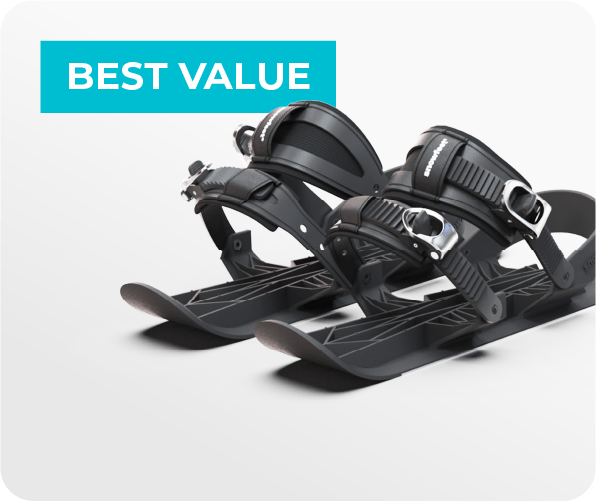



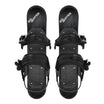
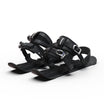
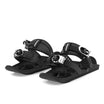

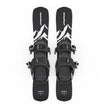
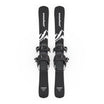

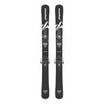
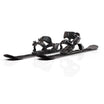
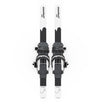


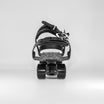

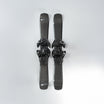

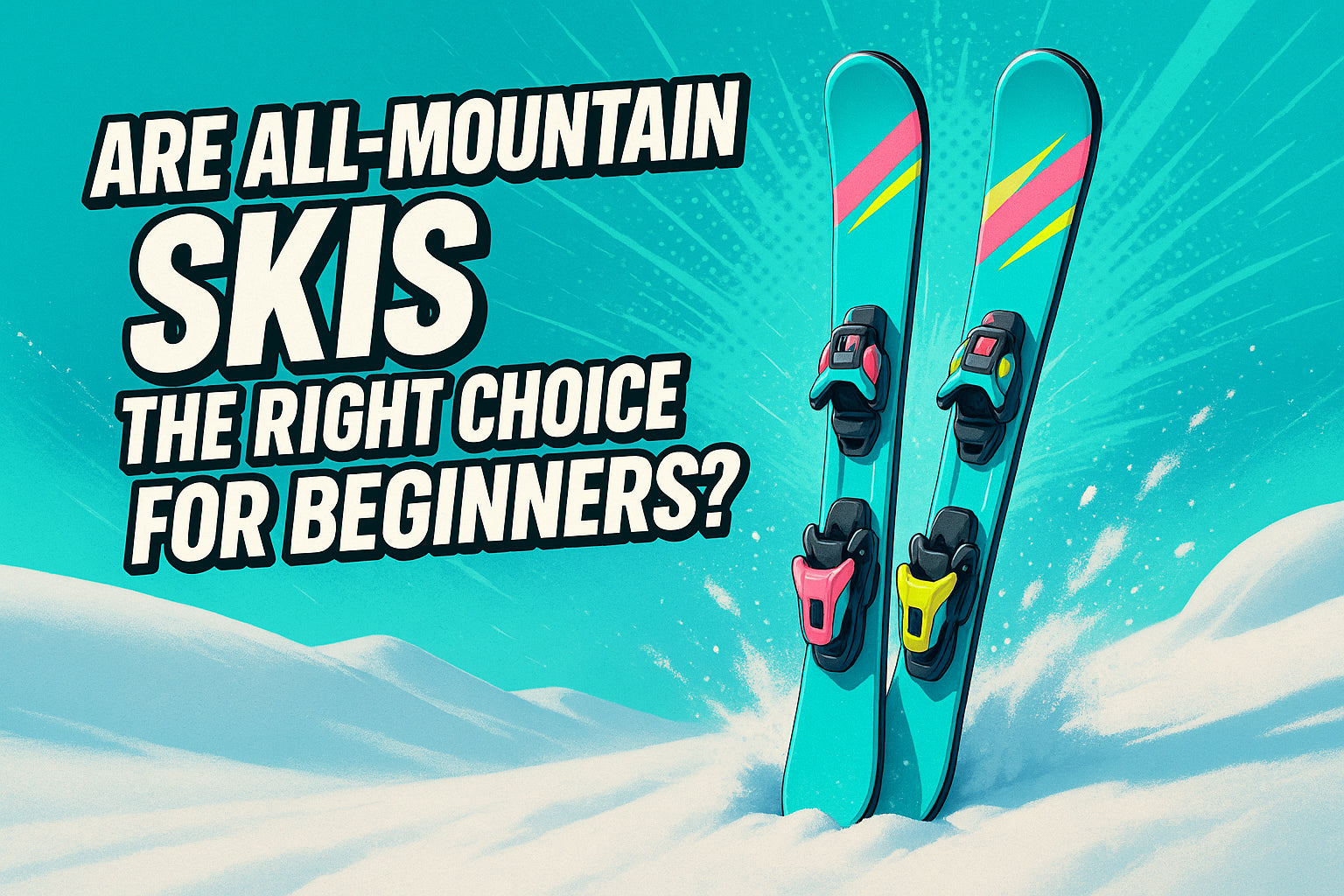
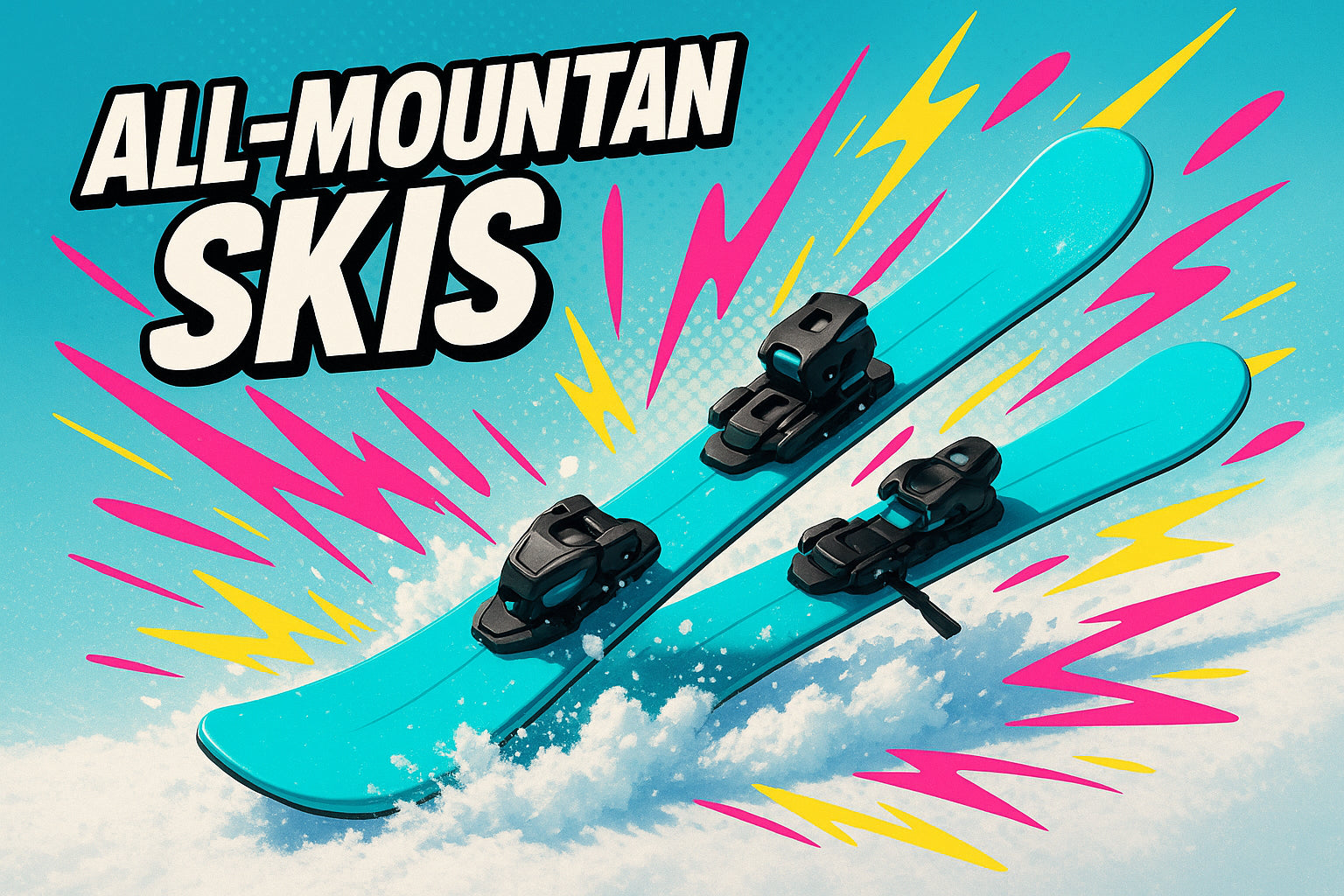
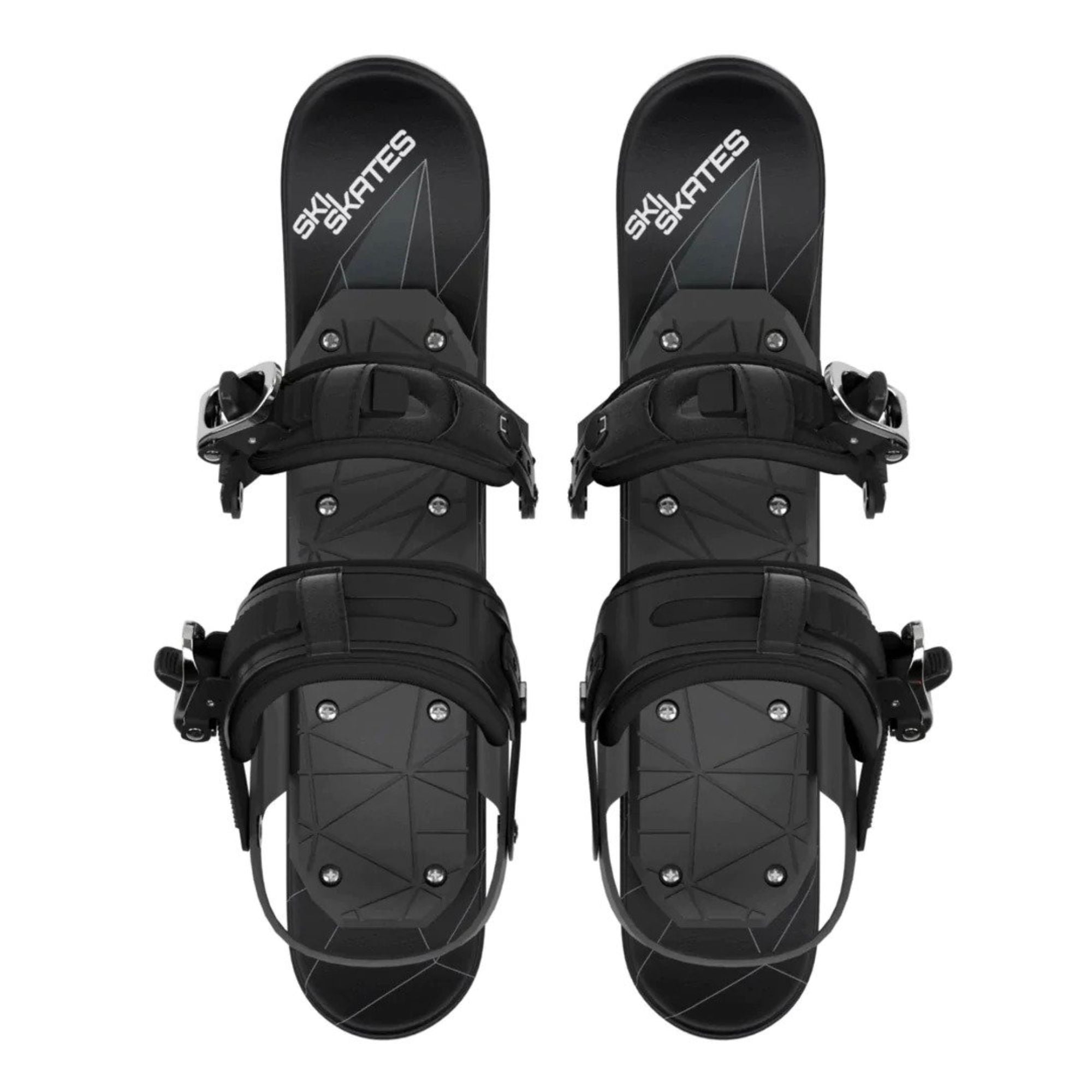
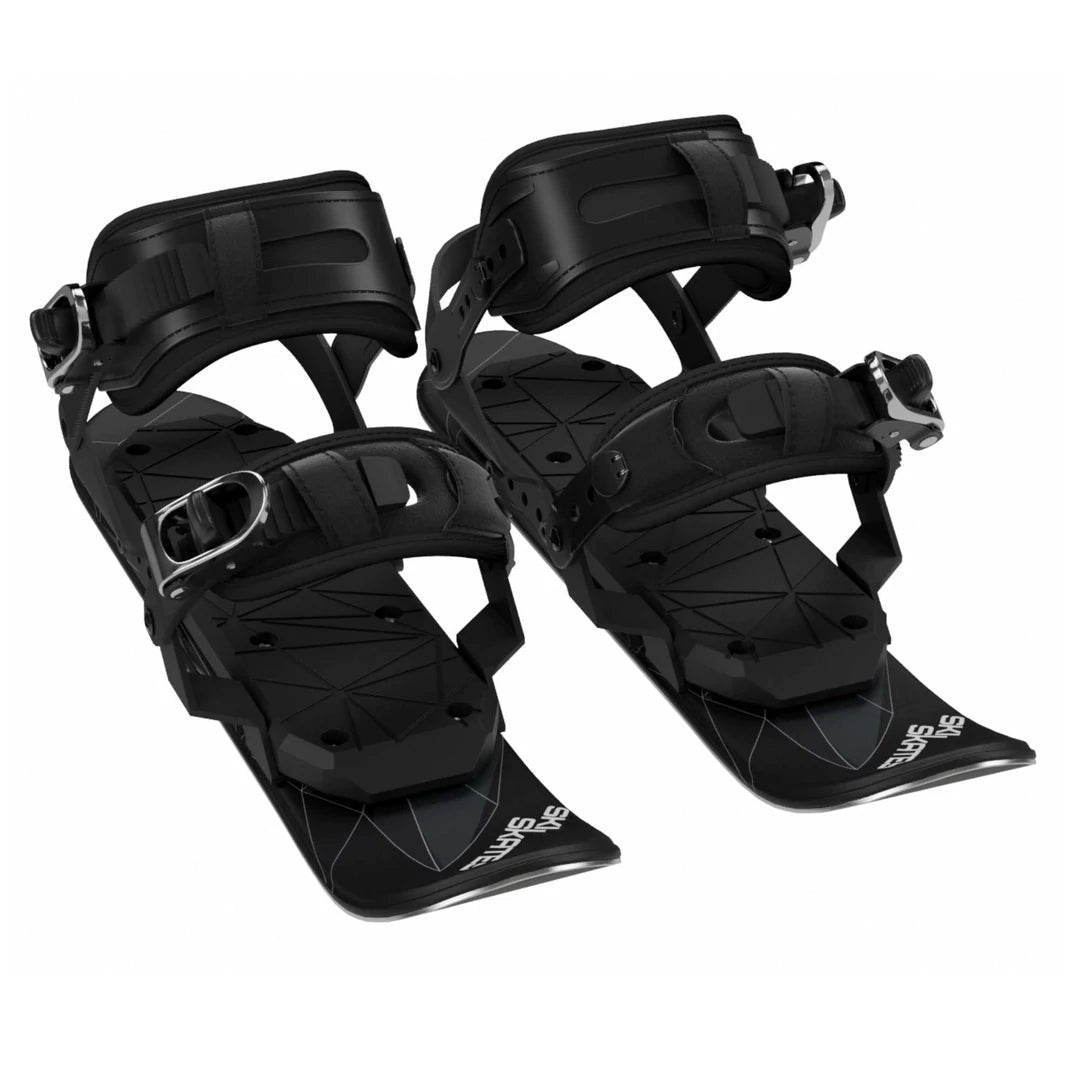
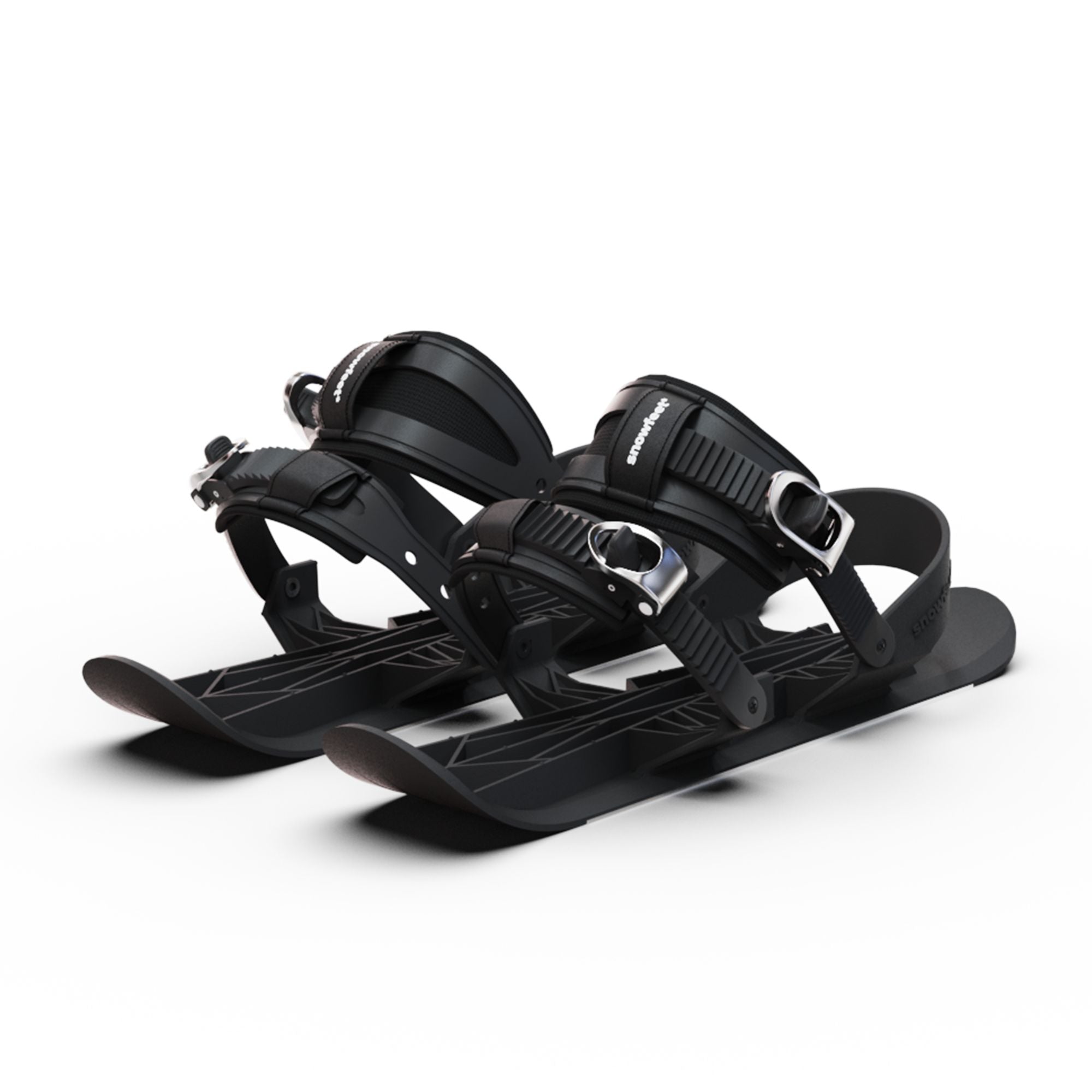

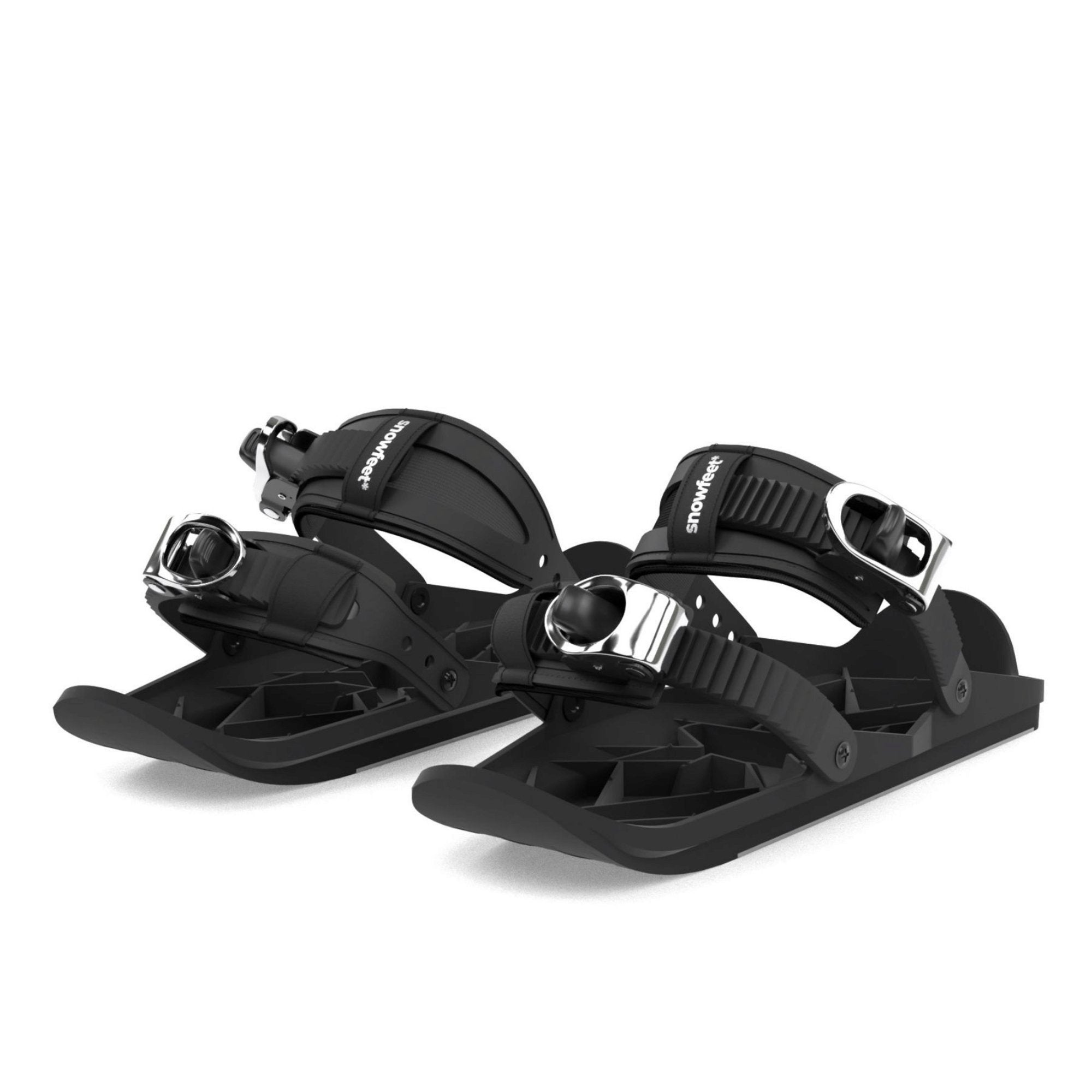
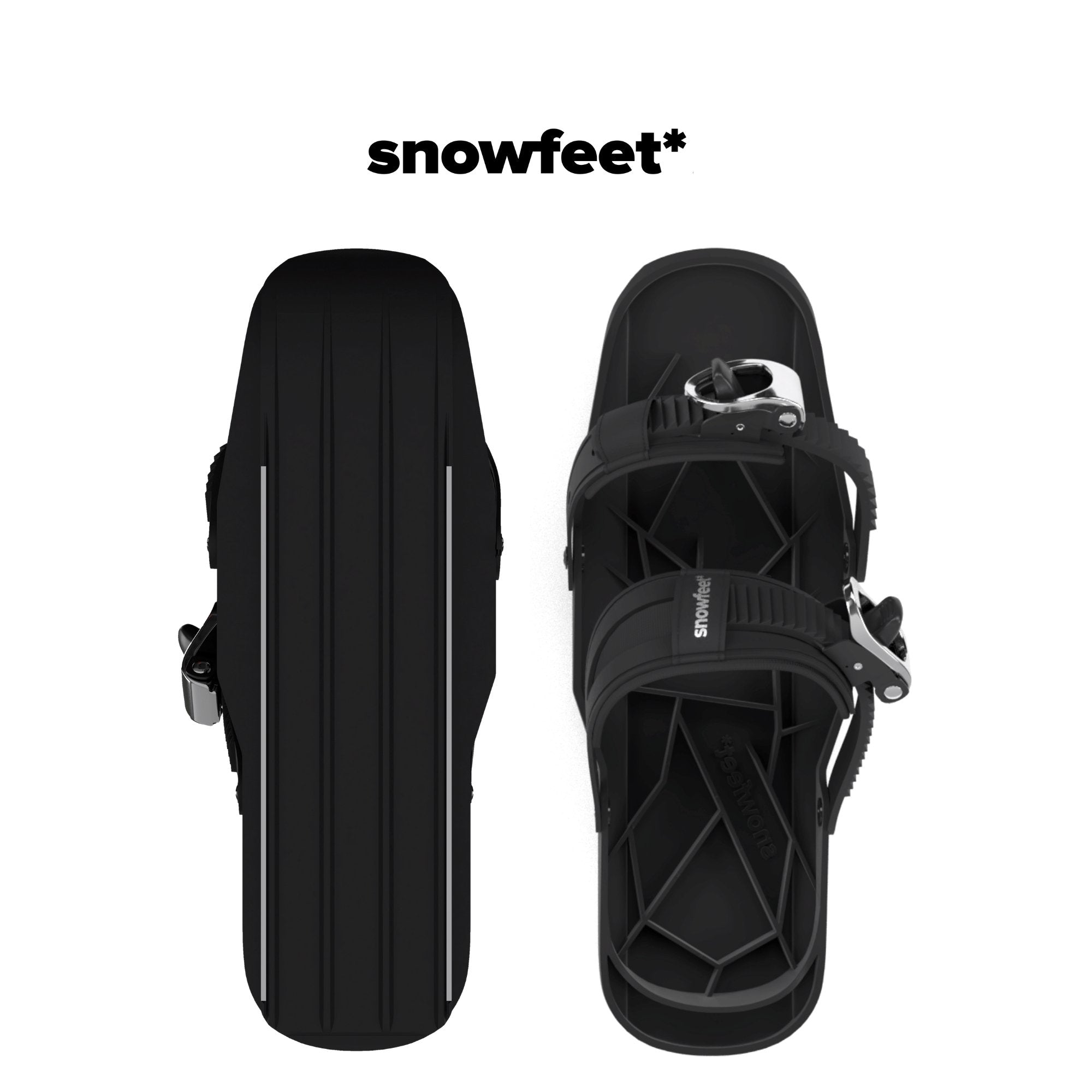
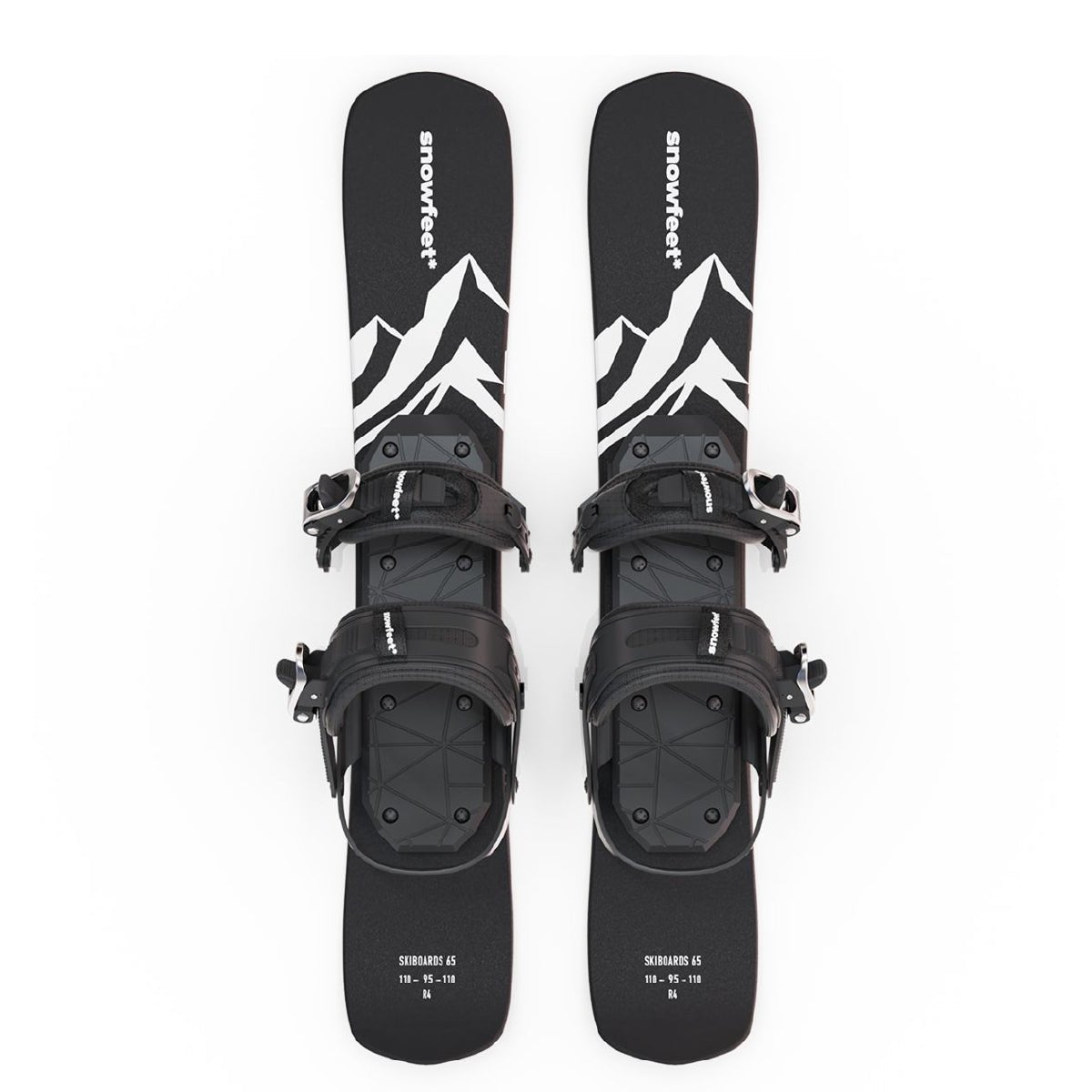
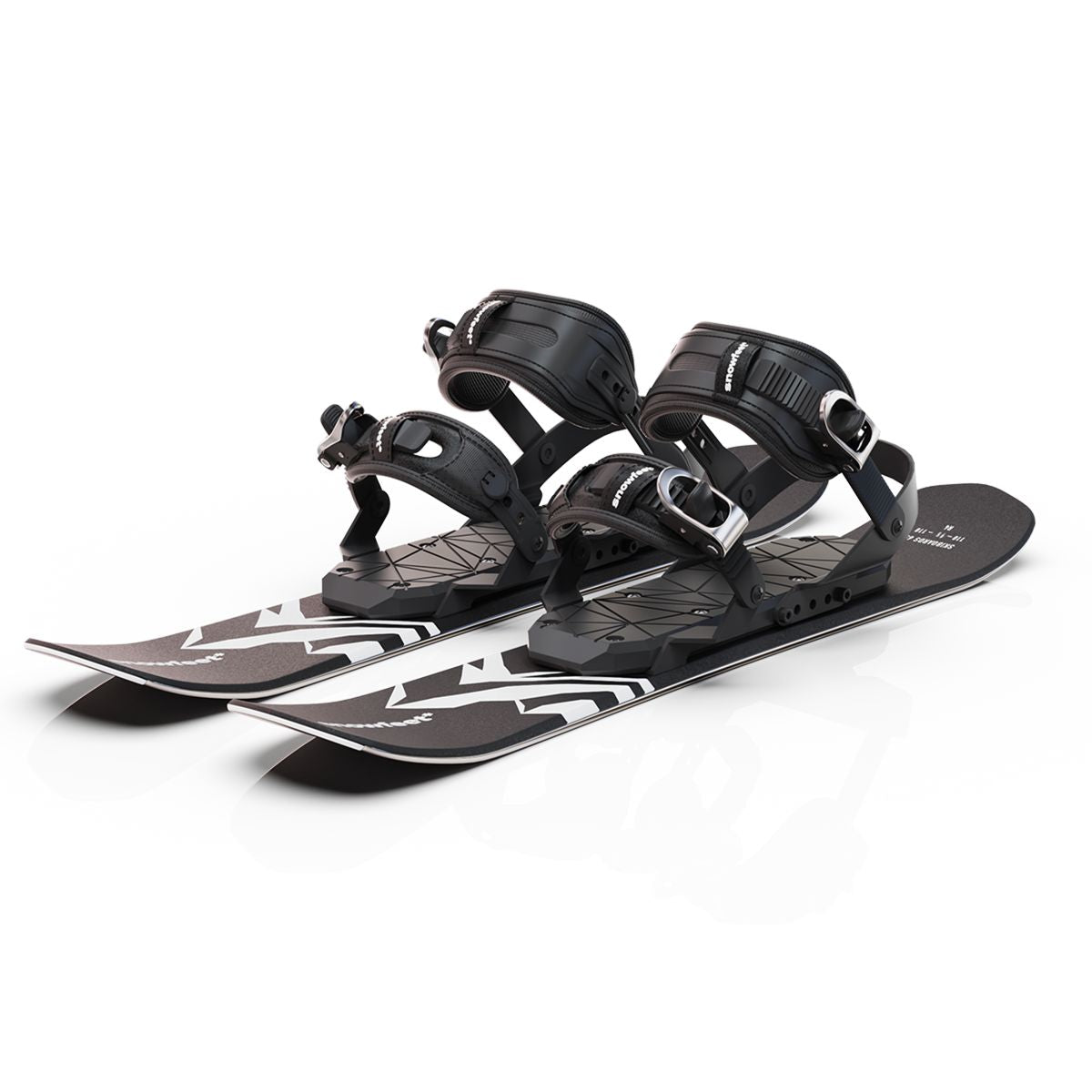
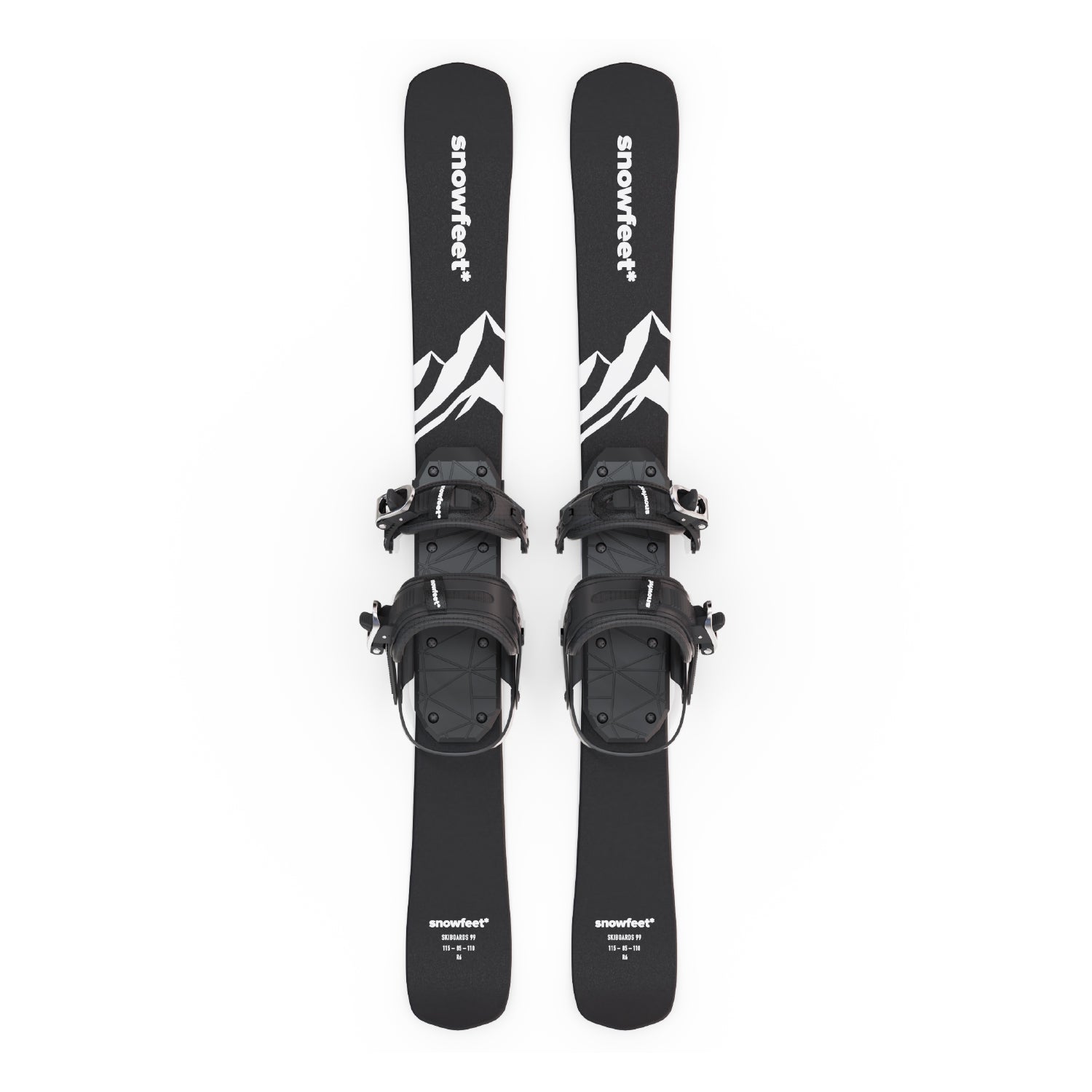
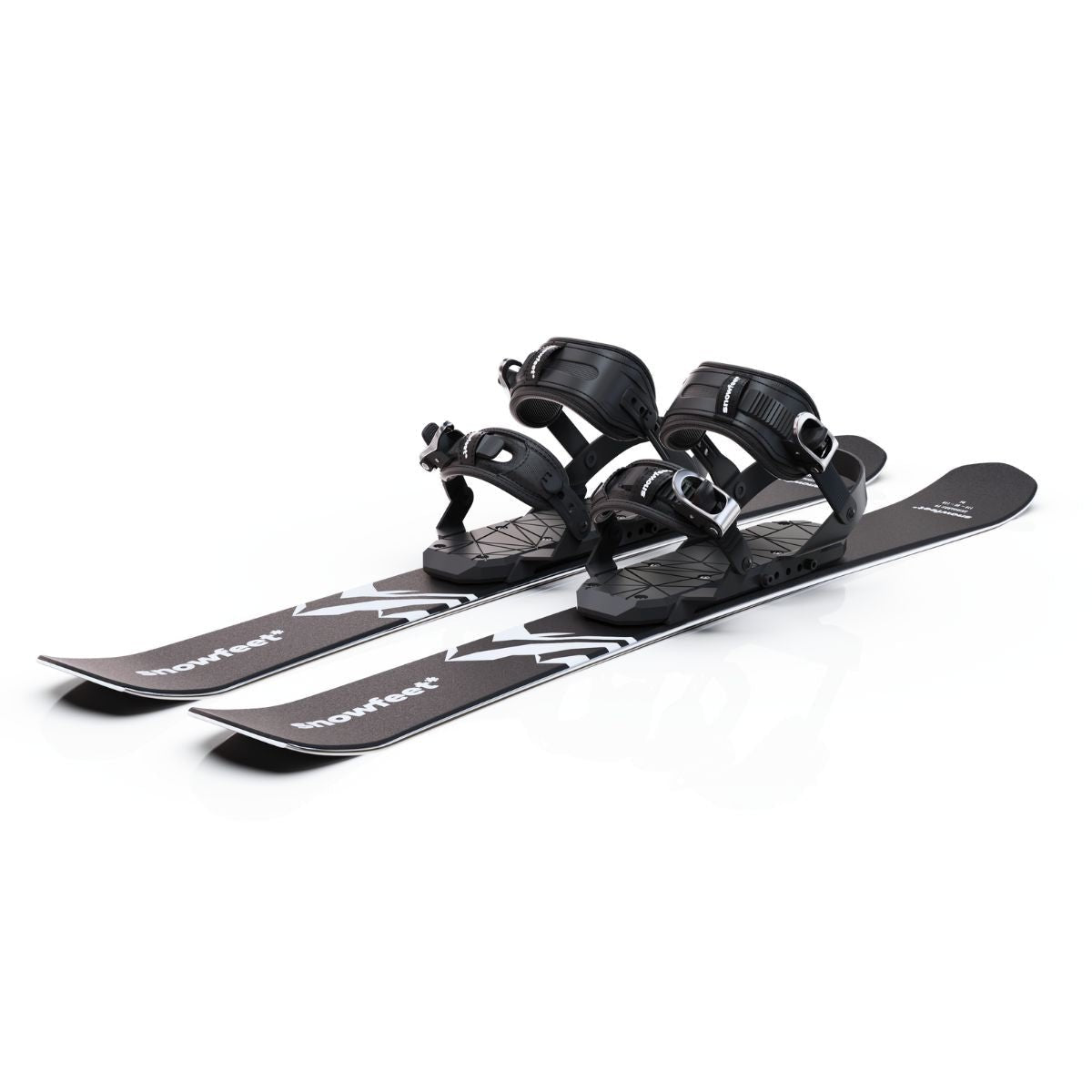
Leave a comment
This site is protected by hCaptcha and the hCaptcha Privacy Policy and Terms of Service apply.